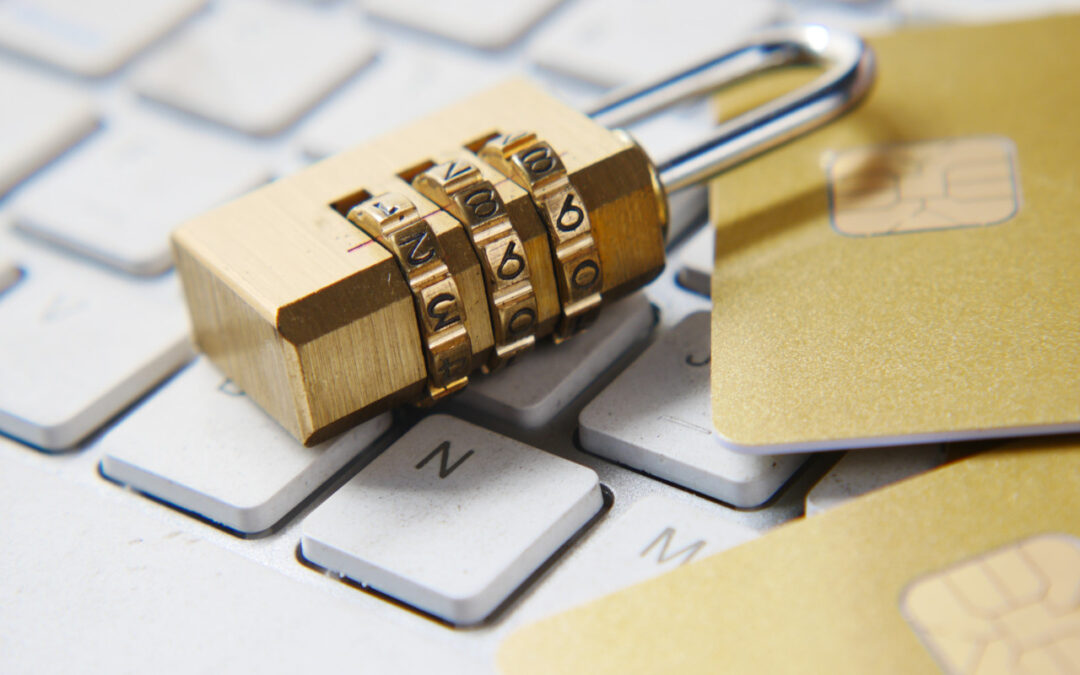Identity theft is quickly becoming a worldwide epidemic. The latest statistics reveal that majority of the victims are aware of the crime within 30 days; over 25% don’t discover it for six to twenty-four months. It is up to us to become aware and use identity protection tips to prevent the spread of this crime.
Some of these tips seem to be common sense and might be things that you are already doing. Others might be tips that you have heard already and thought about following, but have not started yet.
Today is a good day to start protecting yourself from identity theft. Here are seven identity theft protection tips to get you started.
1. Protect your social security number. Never give it out on the internet, and don’t have it printed on your checks. If your health care plan uses your social security number as your membership number, ask them to replace it with a different number.
2. Don’t fall for phishing emails. These emails appear to be from legitimate businesses, such as banks, credit card companies, or eBay. They ask you to reply with your credit card information or your social security number to correct the information in your account. If you think it might be legitimate, telephone the institution, and verify it. Don’t reply to the email or click any links in it.
3. Shred any pre-authorized credit card offers you receive in the mail and don’t want to accept. Also, tear up any papers with your personal information that you are going to throw out.
4. Protect your personal information on your home computer. Use passwords with at least eight characters and a combination of letters, numbers, and symbols. Make sure your firewall is enabled and your virus and spyware protection software are up to date.
5. When you are shopping online, take a minute to read the privacy policy on the website before entering your credit card information. If there is no privacy policy posted, shop elsewhere. Only enter your payment information on secure sites with a web address that begins with https and has a padlock symbol in the bottom corner of the browser screen.
6. Check your bank statements and credit card bills as soon as they arrive. If you don’t receive your statements, contact the financial institution immediately. Identity thieves will change the address where the statement is delivered to avoid being caught.
7. Check your credit reports and monitor your credit history. You can get one free credit report each year from each of the three national credit bureaus. You can order a report from a different bureau every four months to monitor your credit.
Use these identity theft protection tips to prevent being the next victim of this crime. Share them with your family and friends to help them stay safe and avoid the turmoil of becoming the next victim of identity theft.


